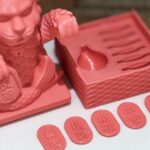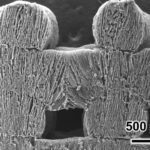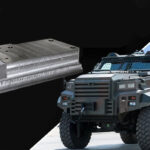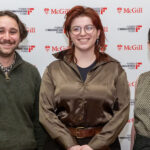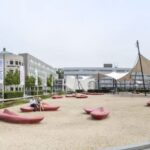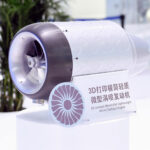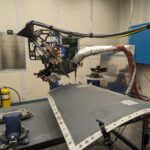Researchers at LLNL have invented a new additive manufacturing process that prints a complete object at once. As a result, the new method is a “layer-less” way of printing objects. The process, known as Volumetric 3D printing, improves the speed of production significantly. The researchers also tout the low cost of this new process.
This extensive research project also involved UC Berkley, Massachusetts Institute of Technology, and the University of Rochester. The volumetric process uses 3 lasers from three different directions which creates a 3D image suspended in resin. This method allows it to process the entire object’s structure at one time, eliminating the need for traditional layers.
The “Layer-less” Volumetric 3D Printing Process
Since the process isn’t constrained by layering, they undergo little to no surface issues. This allows volumetric 3D printing to easily produce object with complicated complex curvatures. The researchers demonstrated this advantage by printing lattices, planes and other objects.
The researchers are adamant that this new method is relatively fast and cheap. If this is true, it would be a leap forward for 3D printing tech. Chris Spadaccini, an engineer at LLNL, says this advent moves 3D printing into a truly 3D realm.
He says: “most 3D printing and additive manufacturing technologies consist of either a one-dimensional or two-dimensional unit operation. This moves fabrication to a fully 3D operation, which has not been done before. The potential impact on throughput could be enormous and if you can do it well, you can still have a lot of complexity.”
As of yet, the process is not entirely perfect. While the technology is promising it does have a very particular downside. The more complex structures get, the more lasers volumetric printing devices will require to accurately print them. Another improvement that they might be looking at is improving the power of the lasers. Similarly, the researchers and fellow chemical engineers are looking at improving the resin to be more reactive. That said, the process is a milestone and presents strong possibilities for the future.



